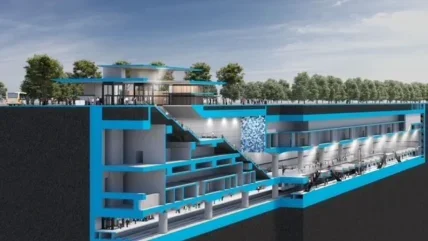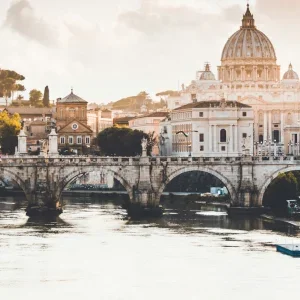
The authority’s statement follows a report last week by NBC Bay Area’s Investigative Unit that said concerns about the safety of a single-bore tunnel were raised in 2017.
VTA said the news story “misleads its viewers with the false impression that this heavily reviewed and regulated project is unsafe. On the contrary, this project clearly meets the standards of proven safety and modern technology”.
“It is compliant with National Fire Protection Association (NFPA) standards and meets code requirements for the point of safety in both the tunnel and underground stations. All transit systems in the United States and many internationally follow these standards,” the VTA said.
It goes on to say that in the event of a fire, passengers would be evacuated along a pathway to an area protected from heat and smoke within underground stations that were supplied with fresh air. From there they could exit to a public location at the surface.
“VTA’s design uses a modern Single-Point Extraction (SPE) System designed with smoke extraction vents that remove smoke from the tunnel near the fire, limiting the spread of smoke compared to traditional longitudinal tunnel ventilation systems that may allow smoke to spread over longer tunnel distances. This is a new design for the BART system, but one that has been used successfully in recently built large tunnels,” the authority said.
It said SPE Systems were a proven configuration that had been implemented in hundreds of road tunnels worldwide, and some transit tunnels: Transbay Tube, San Francisco/Oakland; Alaskan Way Viaduct/SR 99, Seattle, WA; Lytle Tunnel, Cincinnati, Ohio; West 3rd Street Tunnel, Los Angeles; Grouft Tunnel, Luxembourg; and Tempe Valley T2, Greece.
“This ventilation method has proven to be especially beneficial in long road tunnels with bi-directional traffic because the performance is far superior to the older transverse systems,” the VTA said.
It added that the BSVII construction and general engineering team comprised nationally and internationally recognised experts from industry-leading firms, bringing decades of experience and expertise designing rail tunnel systems all over the world.
“The project’s design requirements and the current detailed designs are providing a fully code-compliant system that meets all egress requirements for safe exiting and emergency response. Additional levels of expert oversight review all project-related fire and safety, including a Fire Life Safety Committee and Safety and Security Committee. Both committees work collaboratively with the Federal Transit Administration, California Public Utilities Commission, local fire marshalls and industry fire experts,” the VTA said.
“All aspects of the BSV Phase II project have undergone multiple peer reviews and federal and state reviews, and it’s consistently been shown to have the right approach.”
The statement concluded by saying the VTA’s courageous and long-standing leadership in responsibly bringing transportation into and through the 21st century had been endorsed repeatedly by those who understood that doing things the way “they’ve always been done” was not necessarily the best or safest path.
In June this year, the BSVII extension’s construction phase was officially launched with a groundbreaking ceremony.
The project is a 9.6km, four-station extension of the regional BART system from Berryessa/North through downtown San José to the City of Santa Clara.







